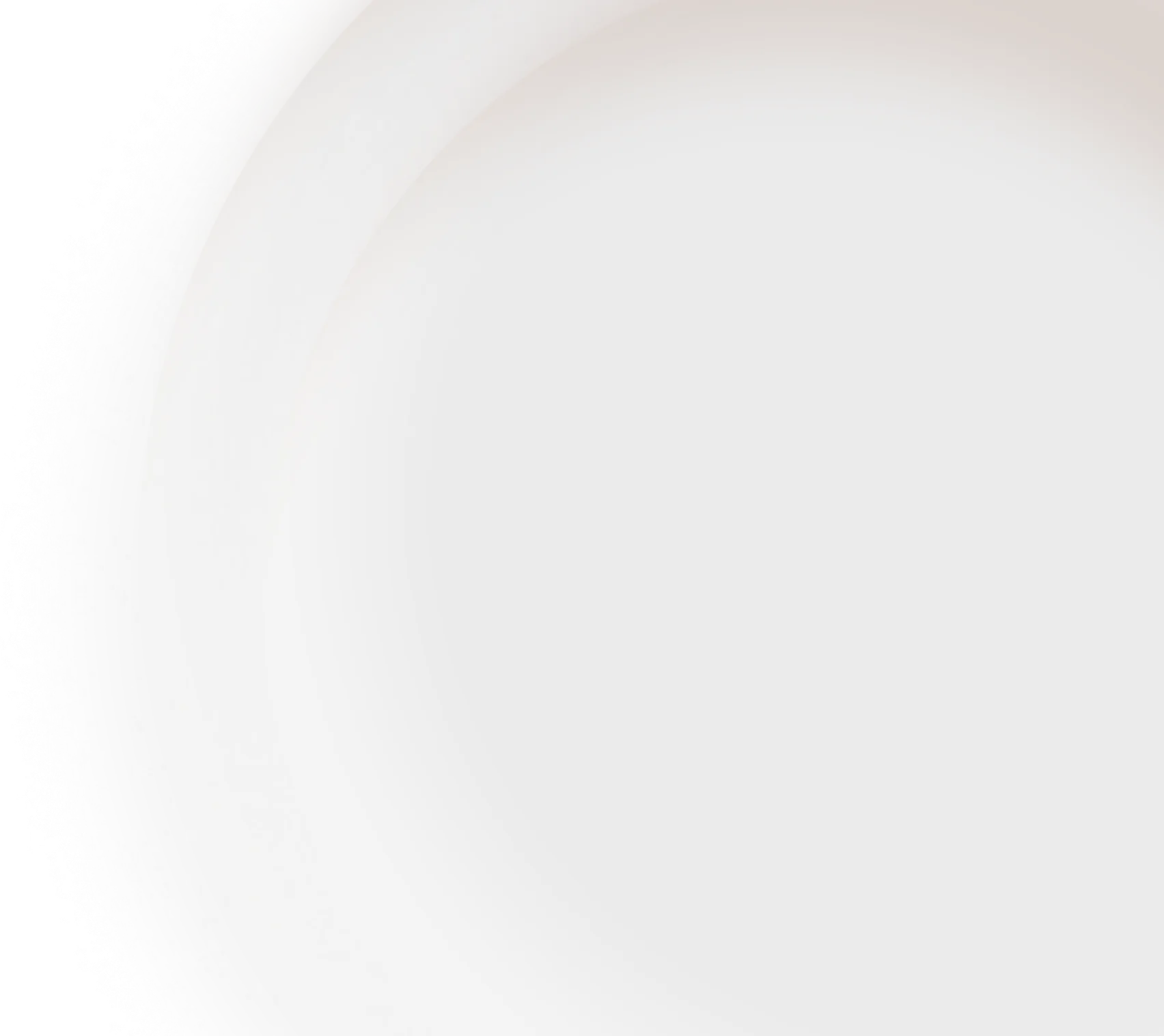This year marks the new stage of our relationship with remote technologies. Webinars became the source for exploring further information, figuring out innovative ways of advancing business and networking. Distance learning, online meetings, and events grew in relevance as entrepreneurs worked hard to overcome new obstacles and connected in new meaningful ways.
Our client is a company that developed an AI-based SaaS solution for shelf-space audits. Offering innovative features, such as SKU recognition, their solution has been of great assistance to such enterprises as Nestle, Henkel, Pepsico, Schwarzkopf, and Ascott Group. The team chose to share their experiences in a webinar titled "How To Increase On-Shelf Availability by 30% With Image Recognition" in order to grow their client database and explore the changes occurring in retail in 2021.
The company selected LinkedIn as the medium for notifying the target audience about the event and nurturing prospective participants, aware of the need for rigorous and thorough webinar marketing.
When it comes to building B2B connections, LinkedIn is a perfect choice:
- LinkedIn allows creating content that is relevant to fellow professionals and decision-makers in the market you sell to.
- It’s an excellent power-up for your B2B email marketing because you can engage your prospects via LinkedIn InMail, engage them by interacting with their posts, or become a knowledgeable voice in the LinkedIn group, making your future email conversations a lot more friendly and friction-free.
- LinkedIn makes it easier to target potential attendees that are genuinely interested in what you have to discuss if you’re planning an educational event.
When planning a webinar promotion, however, you need to keep the following hidden pitfalls in mind:
- Increased competition. After the entire world switched to digital channels, the competition in email marketing has grown tremendously. At the beginning of the year, there was a spike in open rates and click-through rates across all industries.
However, as the number of outgoing emails increased, senders began to compete for exposure. With so many emails flowing in, prospects had to choose only the most relevant and intriguing. When nurturing attendees for a webinar, it’s not uncommon for marketers to generate less than 50 attendees. Why does it happen? Because it has become more complicated to get recipients to open an email, click the link, and register for an online event.
- New webinar standards. The reason why webinars became such an effective tool for building excitement is that they changed. A quality webinar comes complete with a full-scale promotion, from a landing page to a set of visuals: banners, images, video content, etc. Creativity is encouraged, not shunned. While it’s a good thing because it gives content creators more freedom and opportunities to stand out from the crowd, you have to create a unique style and maintain a professional tone simultaneously, which is not an easy task.
- Long-term planning. Marketing for LinkedIn is different from marketing for Instagram or Facebook. It takes calculated and surgically precise interaction with your target audience, putting genuine communication before promoting your services, events, and products.
Being well aware of these challenges, the company decided to trust webinar promotion to the Belkins’ LinkedIn Marketing Program.
Summary
Belkins managed the entire promotion campaign for the webinar, starting with visual content and ending with post-webinar engagement. It gave us a clear view of the attendees’ behavior, providing excellent opportunities for building up interest and keeping our prospects excited about the event.
Detailed summary
Research
Promotion starts with knowing our strengths and our target audience. Therefore, the first stage of our LinkedIn Influencer program included:
- Filling out the content form. We asked our client to go through our special content brief and leave their comments regarding the style that should be used for future LinkedIn posts as well as share some information regarding the target audience (do they prefer professional slang over casual speech, do they lean towards interactive posts, etc.). This step is important because it allows us to determine the type of readers we would be targeting and thus adjust our content to their liking.
- Analyzing LinkedIn connections. Our client had numerous LinkedIn connections, which we found an excellent opportunity for nurturing high-value attendees. To make the most out of that list, we referred to the client’s Ideal Customer Profile and picked out the most relevant titles (sales field managers, trade marketing managers) in the CPG industry.
Having an Ideal Customer Profile allows you to save time on your research and build more productive campaigns that hit the spot for your target audience.
When you know who you target and what kind of tactic to use, you’re guaranteed to nurture high-value relationships that will elevate your business to a new level.
Content creation
After exploring the purpose of the webinar and the topic it would be dedicated to, we started working on content that would carry the message through and appeal to the target audience.
Webinar page. Spreading awareness about the upcoming webinar is impossible without providing the audience with a platform to tell them what will be discussed during the webinar and instruct them on registration. For that reason, we created a webinar page on LinkedIn to introduce the target audience to the event and explained how they could participate.
The webinar page included an option to view the list of LinkedIn users who already joined the webinar and a webinar registration form that let potential attendees register for the event in a couple of clicks. Both these features matter a lot when it comes to gathering an audience for an online event. First of all, the page visitors can see and evaluate the engagement level for the event.
The easier the registration process is, the more eager your visitors will be to join.
Visuals. Our designers developed compelling visual elements for building a cohesive webinar style and a wholesome theme for the entire event. Taking some time to create a color scheme and a cover image for your event pays you back with increased interest from your target audience.
Remember: there are many events and their organizers are as interested in getting attendees as you are. Your goal here is to be more memorable and create a wholesome experience for all users that come to your event.
Content planning. Additionally, we created a content plan for every single stage of webinar promotion, starting with an introduction message on the webinar page and ending with warm-up posts for boosting awareness. Our team developed a set of warm-up posts mentioning webinars and motivating LinkedIn users to join in. The time slots and subjects of each post were documented in our content calendar.
With our content base solid and well-developed, we were ready to get started with the promotion.
Webinar promotion
After preparing the content, we only had to serve it the right way at the right moment.
Regular boost. Due to the high competition and the necessity to fuel the prospects’ curiosity, we posted on a bi-daily basis. We started publishing organic posts that boosted the original webinar post and contained professional insights from the client. Those insights provided some new valuable information for potential attendees, letting them take a peek at subjects that would be explored during the webinar. Such an approach allowed us to showcase the expertise of the team and fuel the readers’ interest in the upcoming event.
Connections warmup. After building a list of high-value LinkedIn connections during our research phase, we launched a LinkedIn campaign for nurturing this target audience segment. We sent out messages on the client’s behalf, inviting the prospects to attend the webinar and sharing some information about the subject it would be dedicated to. We also provided the link to the webinar webpage, letting the users get registered on the spot.
Email marketing campaigns. To accelerate our pace, we added email marketing to our webinar promotion, sending emails to the client’s prospects and titles we connected with on LinkedIn to a) offer them to explore the comapny’s professional point of view via webinar, b) remind them about the webinar and provide some more information to fuel excitement.
We supplied our target audience with valuable information that answered some of their long-time questions. We provided them with a quick demo of the knowledge possessed by the webinar speakers.
Post-webinar engagement
After the event, our work wasn’t over. Even though we managed to get attendees for the webinar, it didn’t automatically mean those attendees were ready to convert. So, we proceeded to the next stage of nurturing. We overviewed all LinkedIn users that we engaged with and split them into two groups: attendees and non-attendees.
Attendee retention. Shortly after the event, we messaged webinar attendees, offering them to dive deeper into the subject with client’s experts. This step delivers results because a good fraction of event attendees are concerned by issues that affect their workflow and expect to be approached by a knowledgeable person.
Non-attendee retention. We crafted a set of messages addressing the users who didn’t attend the event. We offered them to talk about the subject discussed during the webinar via private consultation in those messages. When it comes to nurturing no-shows, it’s essential to show them that you’re always willing to meet them halfway because you’re interested in their success and ready to provide them with everything they need to keep moving forward.
We contacted both groups via email outreach since we had the contact data of the users and offered to schedule an appointment at a time that was convenient for our prospects at the end of each message.
Results
The preparations and promotion for the LinkedIn webinar were quite intense. Let’s see how the results look.
- 300 attendees for the webinar. In total, over 300 LinkedIn users attended the webinar on a designated date. Given that webinars gather up to 50 attendees on average, it was a great result, especially for the client’s extremely competitive industry.
- 500 LinkedIn users expressed interest in the clinet’s services. After connecting with targeted users before and after the webinar, we got numerous positive replies. Many LinkedIn users among the client’s connections admitted that they were interested in the company’s services and willing to follow them on LinkedIn as well as explore their services.
- 5 appointments scheduled. Our post-webinar campaign for attendees allowed us to secure 5 high-value appointments shortly after the webinar. Given that webinar is a tool for nurturing appointments in a long run, booking five appointments from the warmed-up attendees showed the efficiency of the promotional campaigns and materials for appointment setting.
- 25 potential appointments secured. While such a term as “potential appointment” may sound vague, it outlines the stage where the client established regular and productive communication with a prospect that fits all the qualifiers of the client’s ICP and is being actively nurtured towards booking an appointment. Both sides have exchanged LinkedIn contacts, share information via InMails and reach out to each other by email, with prospects showing interest in the client’s activity and upcoming events. This level of engagement secures the probability of converting these prospects into long-term customers.
Key takeaways
Prepare in advance. Good webinars take planning and time. To distinguish yourself from the rest of LinkedIn influencers, you must analyze your target audience, think about the visuals, create a color theme for your upcoming event and prepare the schedule for posting content designed for building interest and keep your prospects waiting eagerly for the upcoming event.
Be proactive with your campaigns. Since you compete with many other webinar organizers, you must keep your prospects’ eyes on you. Post more frequently, but stick to the pace that your audience is comfortable with. Keep injecting exclusive and valuable information, mention industry pain points, and drop hints about solutions and strategies that would be the perfect fit for your target audience. Engage your LinkedIn connections to make sure they don’t miss an opportunity to learn something new.
Empower your promotion with email marketing. Your potential attendees don’t spend their time on LinkedIn 24/7. But they do check their business inboxes regularly. Therefore, it would be wise to keep them updated about the webinar by sending them a reminder or two as the webinar date approaches. It also allows you to be more creative with your marketing materials, attaching case studies or articles relevant to the webinar’s subject.
Stay active even after the webinar. It’s wrong to expect users to purchase your services after the webinar instantly: they need some time to think before they make their decision. However, it’s also wrong to stay passive and wait until your prospects reach out to you. Give them a day to consider everything discussed during the webinar and then re-engage them via email. At that point, your attendees are hyped up; you only need to nudge them in the right direction. The same goes for your non-attendees - they may have missed your event, but it doesn’t mean that they’re not interested in your solution.


